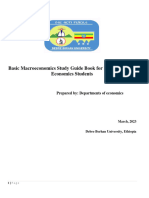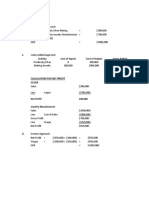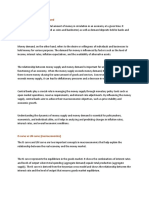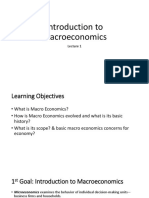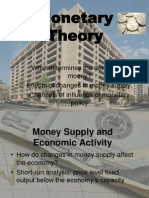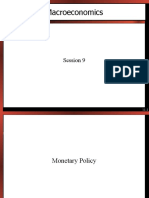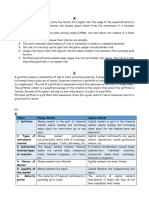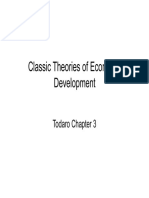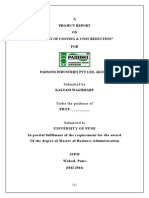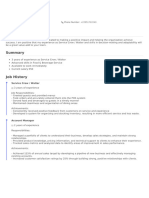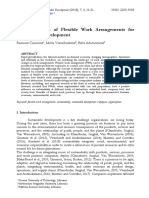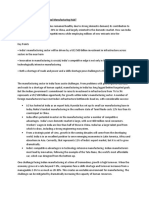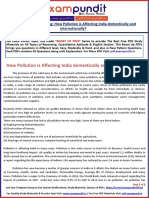0% found this document useful (0 votes)
64 views5 pages8 Batch Question Solve
The document discusses two theories of money:
1) The Fisherian Quantity Theory of Money which relates the quantity of money to price levels and transaction volumes but ignores the demand for money.
2) The Cambridge Quantity Theory of Money which incorporates the demand for money and recognizes that changes in demand can influence prices.
Uploaded by
mdkhairulalam19920Copyright
© © All Rights Reserved
We take content rights seriously. If you suspect this is your content, claim it here.
Available Formats
Download as DOCX, PDF, TXT or read online on Scribd
0% found this document useful (0 votes)
64 views5 pages8 Batch Question Solve
The document discusses two theories of money:
1) The Fisherian Quantity Theory of Money which relates the quantity of money to price levels and transaction volumes but ignores the demand for money.
2) The Cambridge Quantity Theory of Money which incorporates the demand for money and recognizes that changes in demand can influence prices.
Uploaded by
mdkhairulalam19920Copyright
© © All Rights Reserved
We take content rights seriously. If you suspect this is your content, claim it here.
Available Formats
Download as DOCX, PDF, TXT or read online on Scribd
/ 5

